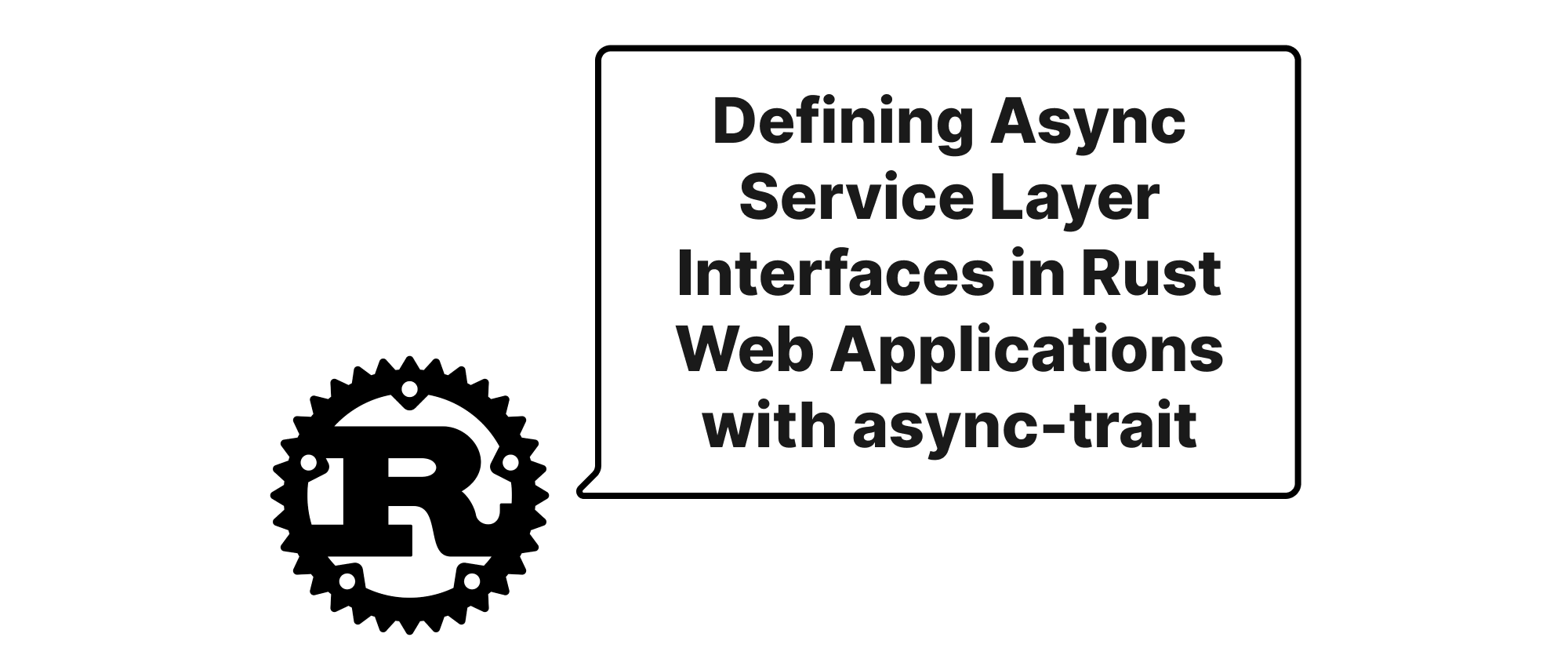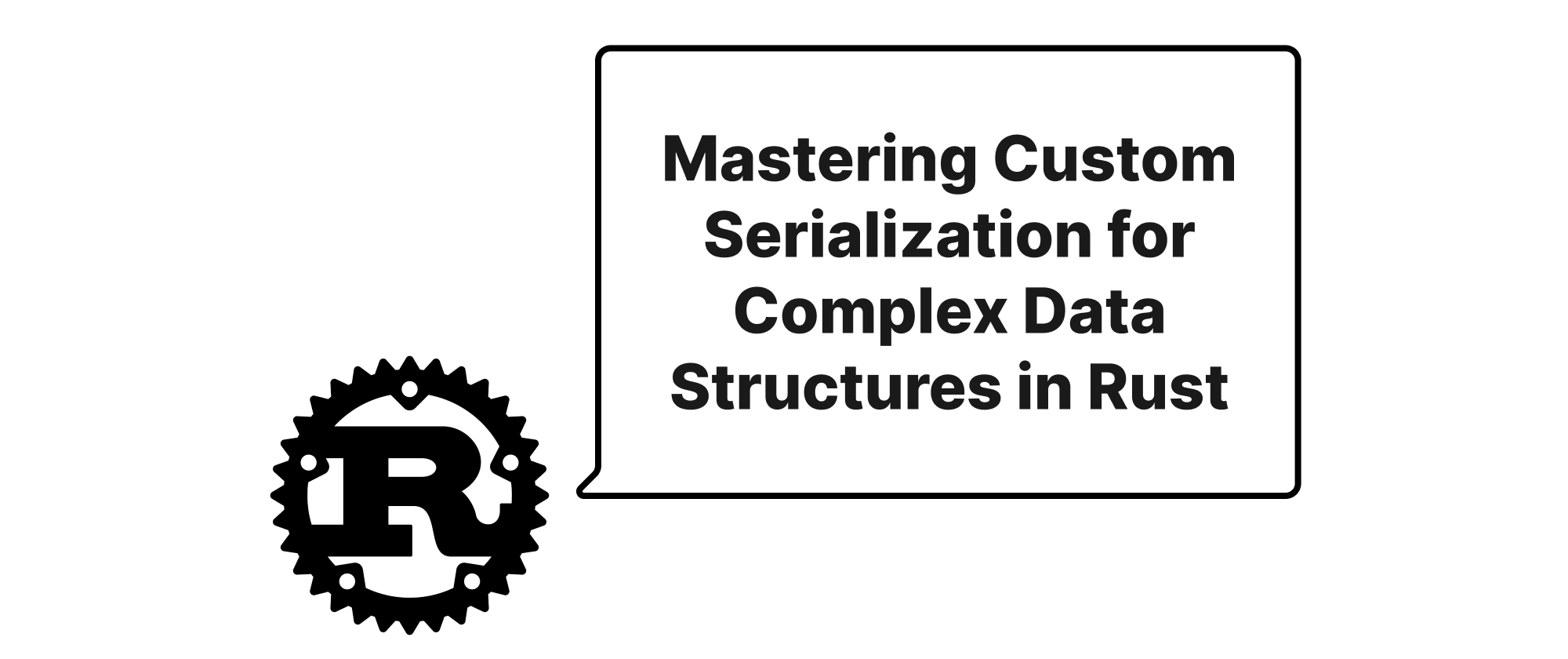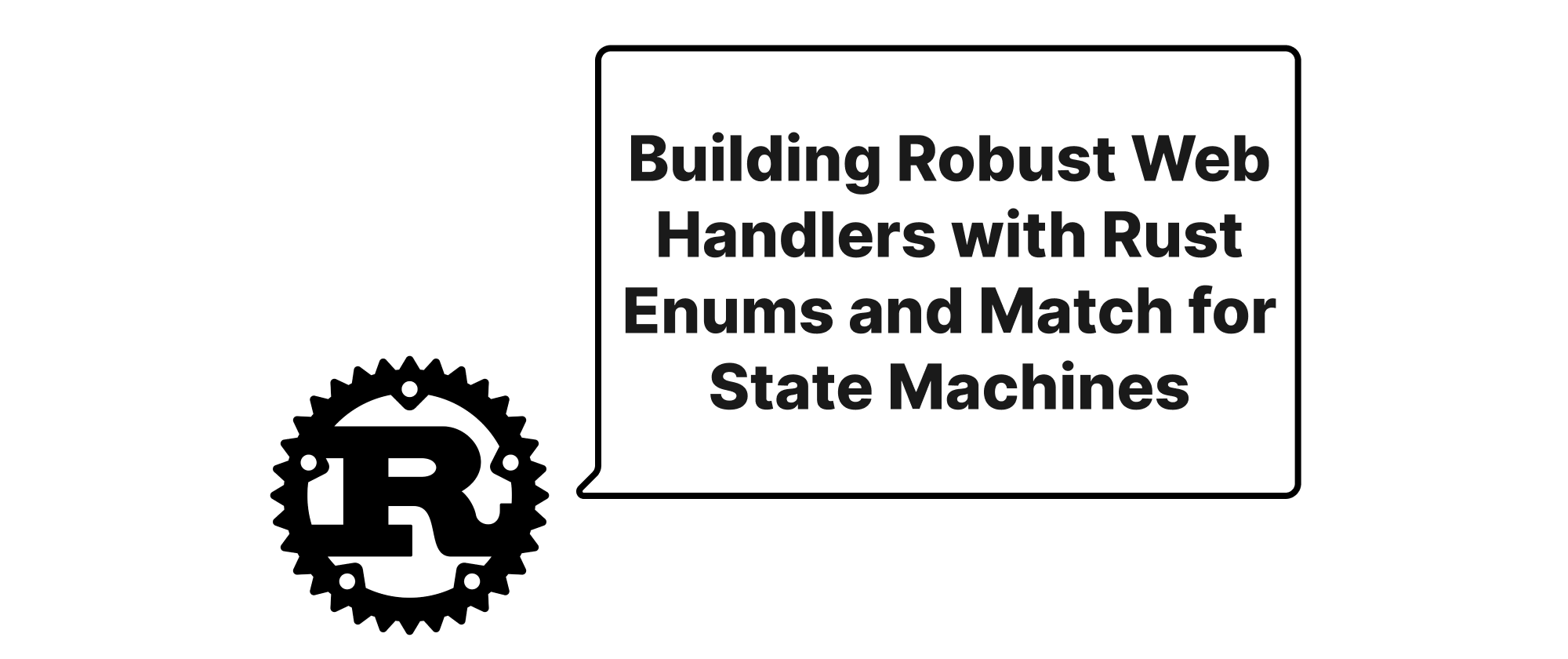Defining Async Service Layer Interfaces in Rust Web Applications with async-trait
Emily Parker
Product Engineer · Leapcell

Building Robust Async Services in Rust Web Apps
Asynchronous programming has become an indispensable paradigm for building high-performance, scalable web applications. In the Rust ecosystem, async/await has revolutionized how we write concurrent code, offering a powerful and ergonomic way to handle I/O-bound operations. However, when it comes to defining reusable and testable interfaces for our asynchronous service layers, we often encounter a classic Rust limitation: traits cannot directly contain async functions whose return type depends on the trait implementation without being forced into dynamic dispatch (using dyn Trait). This challenge can impede clear architectural design and hinder effective unit testing. This blog post delves into how the async-trait crate elegantly solves this problem, enabling us to define truly async-agnostic service interfaces in our Rust web applications, leading to more modular, maintainable, and testable codebases.
Understanding the async-trait Foundation
Before we dive into the practical application of async-trait, let's clarify some core concepts that are fundamental to understanding its utility.
- Asynchronous Programming (
async/await): At its heart,async/awaitin Rust provides a syntax for writing asynchronous code that looks and feels synchronous. Anasync fnreturns aFuture, which is a state machine that can be polled to completion.awaitpauses the execution of the currentasyncblock until the awaitedFutureresolves. - Traits: Traits in Rust are a fundamental mechanism for defining shared behavior. They allow us to specify a set of methods that a type must implement, enabling polymorphism and generic programming.
- Trait Objects (
dyn Trait): When a trait method returns aSelf-referential type or a type whose size is unknown at compile time (like aFutureif its concrete type varies by implementation), we often resort to trait objects.dyn Traitallows us to dispatch calls to the appropriate concrete implementation at runtime, but it introduces overhead due to dynamic dispatch and requires theSendandSyncbounds for safe sharing across threads inasynccontexts. - The Problem with
async fnin Traits: The core issue is that anasync fnconceptually returns animpl Future<Output = T>. When thisFuture's concrete type is determined by the specific implementor of the trait, the trait (which is static) cannot know the concrete return type and its size, preventing direct usage within a trait definition. Rust's type system is designed to prevent this kind of unsized type trickery directly within traits. async-traitCrate: Theasync-traitcrate is a procedural macro that transformsasync fndeclarations withintraitdefinitions into a usable form. It essentially desugars theasync fninto a regularfnthat returns aBoxFuture(aFuturewrapped inBoxandPin), making the return type consistent and sized, thus satisfying the trait system. This allows us to defineasyncmethods in traits without needingdyn Traitin the trait definition itself, while still supportingdyn Traitfor trait objects when needed.
Implementing Asynchronous Service Interfaces
Let's illustrate how async-trait empowers us to design clean, asynchronous service layers. Consider a typical web application scenario where we need to interact with a database for user management.
Without async-trait (The Challenge):
// This won't compile without // using BoxFuture manually or async-trait // trait UserRepository { // async fn find_user_by_id(&self, id: u64) -> Result<User, UserError>; // async fn create_user(&self, user: User) -> Result<(), UserError>; // }
The compiler would complain that async fn in traits are not yet stable or that the return type of the Future is unknown. While we could manually use BoxFuture, it's verbose and repetitive.
With async-trait (The Solution):
First, add async-trait to your Cargo.toml:
[dependencies] async-trait = "0.1" tokio = { version = "1", features = ["full"] } # Example runtime
Now, we can define our service interface:
use async_trait::async_trait; use tokio::sync::Mutex; // For example in-memory store use std::collections::HashMap; use std::sync::Arc; // Define your User and UserError types #[derive(Debug, Clone, PartialEq, Eq)] pub struct User { pub id: u64, pub name: String, pub email: String, } #[derive(Debug, thiserror::Error)] pub enum UserError { #[error("User not found")] NotFound, #[error("User with ID {0} already exists")] AlreadyExists(u64), #[error("Database error: {0}")] DatabaseError(String), } #[async_trait] pub trait UserRepository: Send + Sync { async fn find_user_by_id(&self, id: u64) -> Result<User, UserError>; async fn create_user(&self, user: User) -> Result<(), UserError>; }
Notice the #[async_trait] attribute above the trait definition. This macro is the magic that makes async fn work within the trait. The Send + Sync bounds are crucial here, as the Futures returned by the desugared methods must be safe to move and share across threads, which is a common requirement in async applications.
Implementing the Trait (Example: In-memory Repository):
Let's create a concrete implementation using an in-memory hash map.
pub struct InMemoryUserRepository { store: Arc<Mutex<HashMap<u64, User>>>, } impl InMemoryUserRepository { pub fn new() -> Self { Self { store: Arc::new(Mutex::new(HashMap::new())), } } } #[async_trait] impl UserRepository for InMemoryUserRepository { async fn find_user_by_id(&self, id: u64) -> Result<User, UserError> { let store = self.store.lock().await; // Lock the mutex store.get(&id).cloned().ok_or(UserError::NotFound) } async fn create_user(&self, user: User) -> Result<(), UserError> { let mut store = self.store.lock().await; // Lock the mutex if store.contains_key(&user.id) { return Err(UserError::AlreadyExists(user.id)); } store.insert(user.id, user); Ok(()) } }
Using the Service in a Web Handler (Example: Axum):
Here's how you might integrate this an Axum web server, demonstrating dependency injection using the trait object.
// Assuming you have axum and serde configured use axum::{ extract::{Path, State}, http::StatusCode, response::IntoResponse, Json, Router, }; use serde::{Deserialize, Serialize}; #[derive(Debug, Serialize, Deserialize)] pub struct UserRequest { pub name: String, pub email: String, } impl From<UserRequest> for User { fn from(req: UserRequest) -> Self { User { id: rand::random(), // For simplicity, generate a random ID name: req.name, email: req.email, } } } pub type SharedUserRepository = Arc<dyn UserRepository>; // Type alias for convenience async fn get_user( Path(user_id): Path<u64>, State(repo): State<SharedUserRepository>, ) -> Result<Json<User>, StatusCode> { match repo.find_user_by_id(user_id).await { Ok(user) => Ok(Json(user)), Err(UserError::NotFound) => Err(StatusCode::NOT_FOUND), Err(_) => Err(StatusCode::INTERNAL_SERVER_ERROR), } } async fn create_user( State(repo): State<SharedUserRepository>, Json(payload): Json<UserRequest>, ) -> Result<Json<User>, StatusCode> { let new_user: User = payload.into(); match repo.create_user(new_user.clone()).await { Ok(_) => Ok(Json(new_user)), Err(UserError::AlreadyExists(_)) => Err(StatusCode::CONFLICT), Err(_) => Err(StatusCode::INTERNAL_SERVER_ERROR), } } #[tokio::main] async fn main() { let user_repo: SharedUserRepository = Arc::new(InMemoryUserRepository::new()); let app = Router::new() .route("/users/:id", axum::routing::get(get_user)) .route("/users", axum::routing::post(create_user)) .with_state(user_repo); let listener = tokio::net::TcpListener::bind("127.0.0.1:3000") .await .unwrap(); println!("Listening on http://127.0.0.1:3000"); axum::serve(listener, app).await.unwrap(); }
Application and Benefits:
- Modularity: Our
UserRepositorytrait clearly defines the contract for user-related data operations, independent of the concrete storage mechanism. We can easily swap outInMemoryUserRepositoryforPgUserRepository(Postgres),MongoUserRepository, etc., without changing the web handlers. - Testability: Because
InMemoryUserRepositoryimplements theUserRepositorytrait, we can use it to test our web handlers or business logic without requiring a real database connection. This enables fast and isolated unit tests. - Clean Architecture: This pattern fosters a clean architectural design, separating concerns between the web layer, service layer (defined by traits), and data access layer (implementations of the traits).
- Dependency Injection: By using
Arc<dyn UserRepository>, we can inject different implementations of the repository at runtime, making our application components loosely coupled.
Conclusion
The async-trait crate is an indispensable tool for Rust web developers. It bridges a critical gap in Rust's async story, enabling the definition of truly async-agnostic trait interfaces for service layers. By allowing async fn directly within traits, async-trait facilitates highly modular, testable, and maintainable web applications, consistently promoting robust architectural patterns. Using async-trait empowers us to build flexible and scalable Rust services with confidence.


